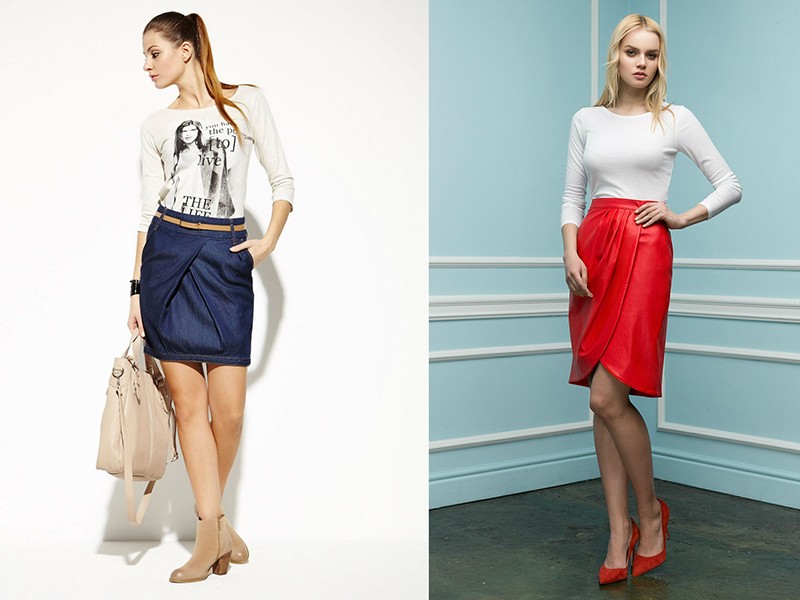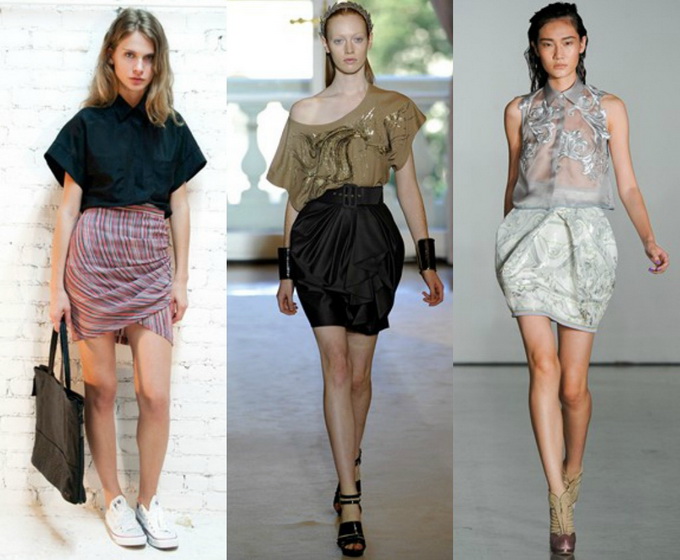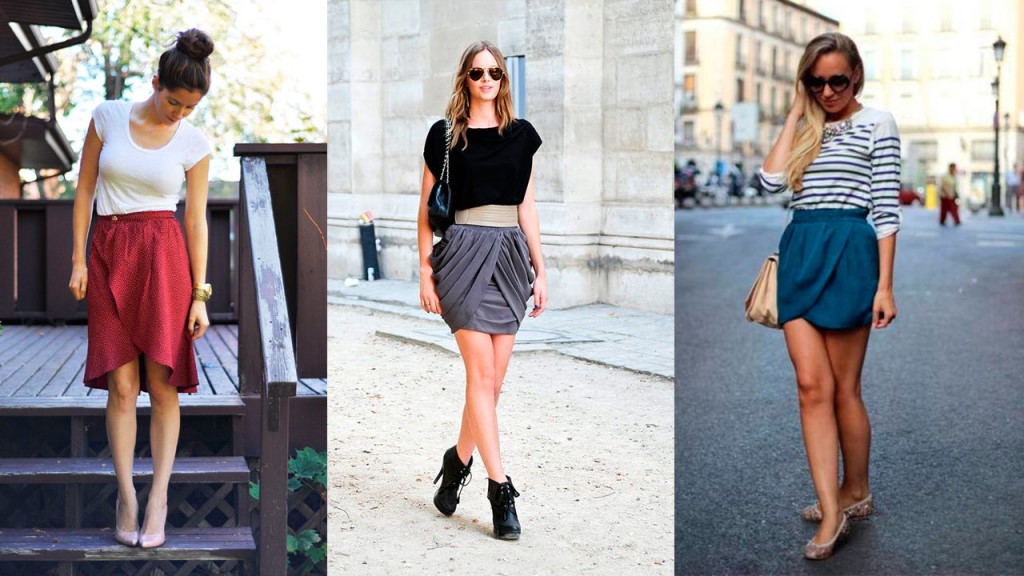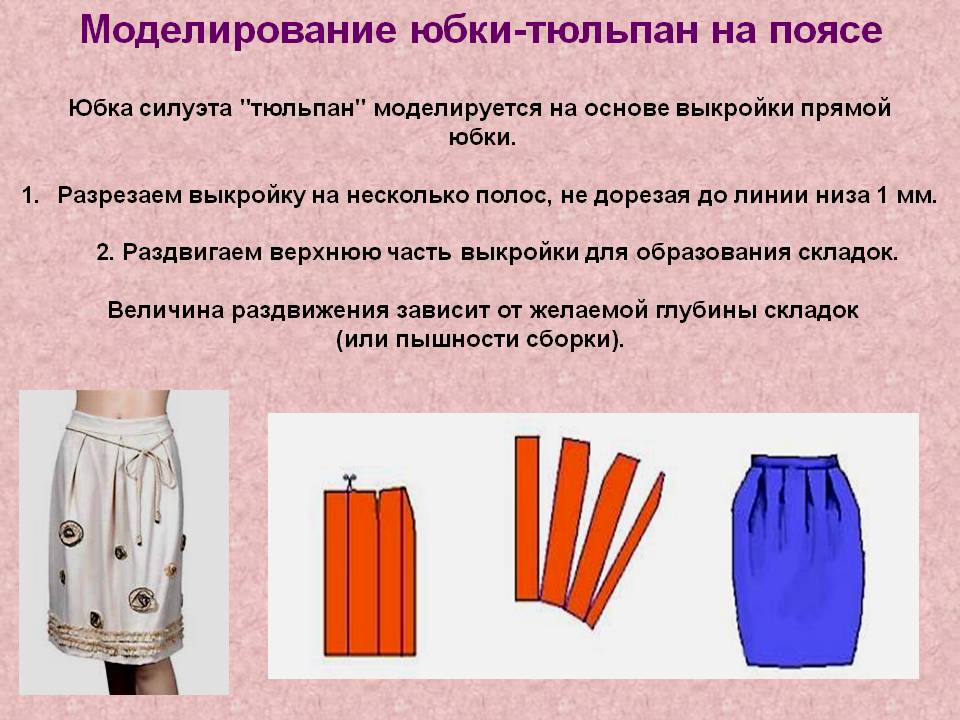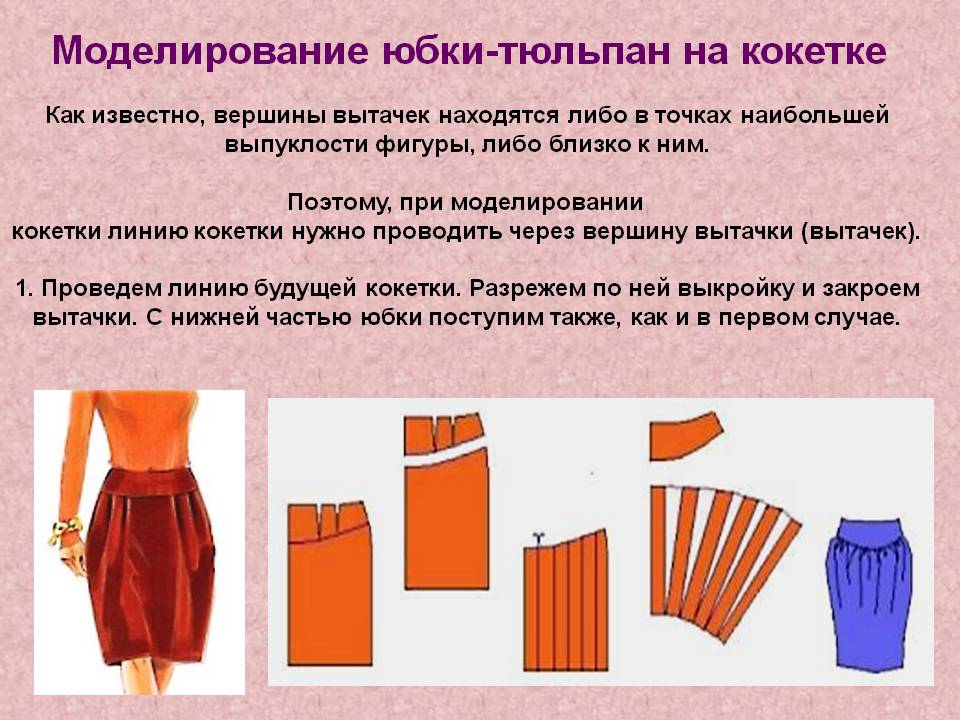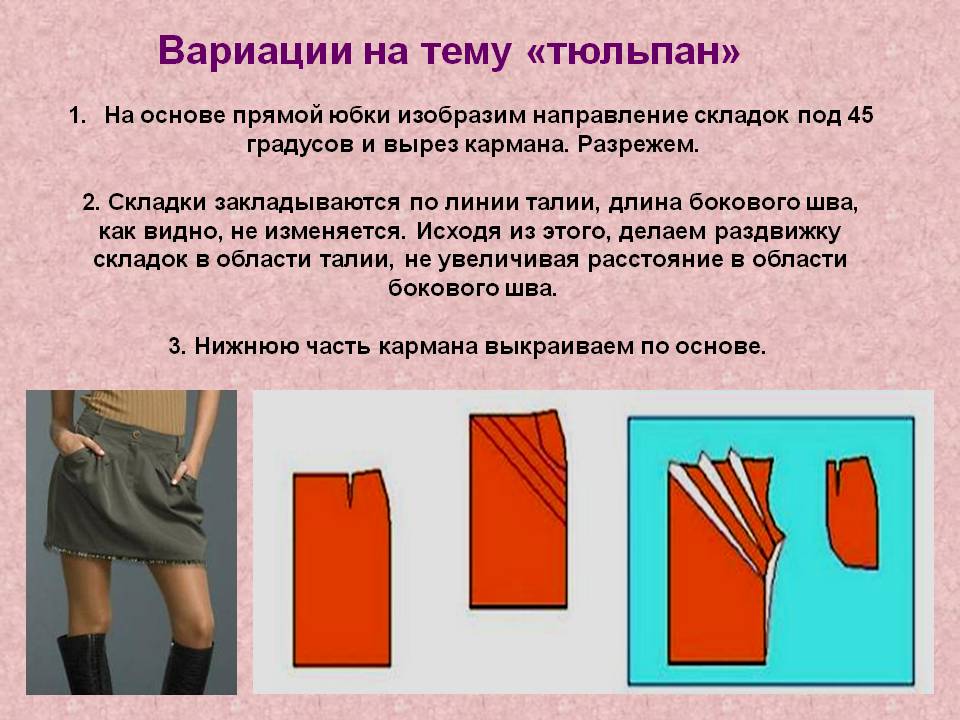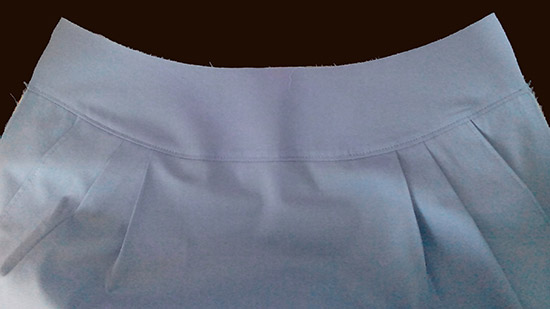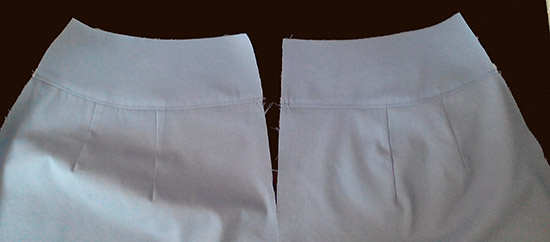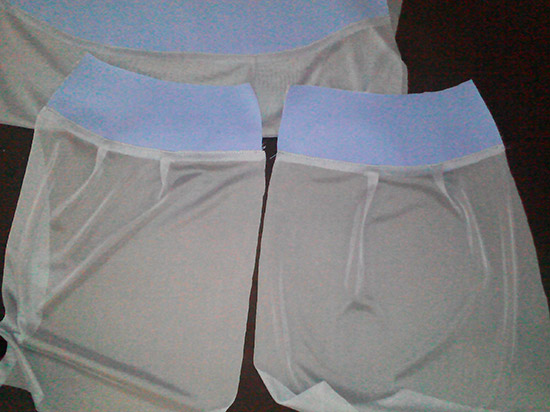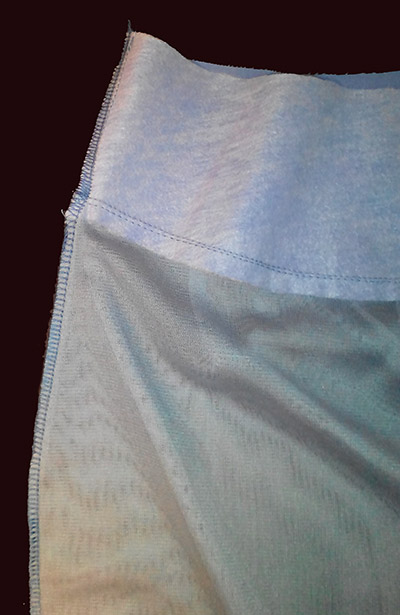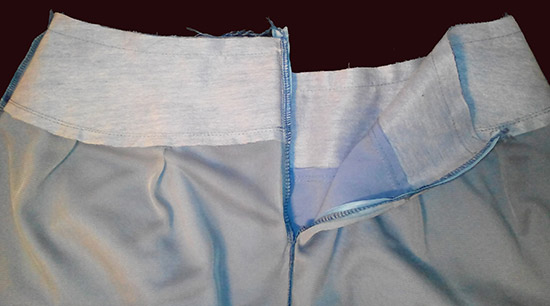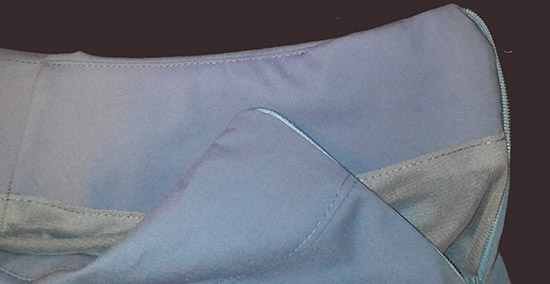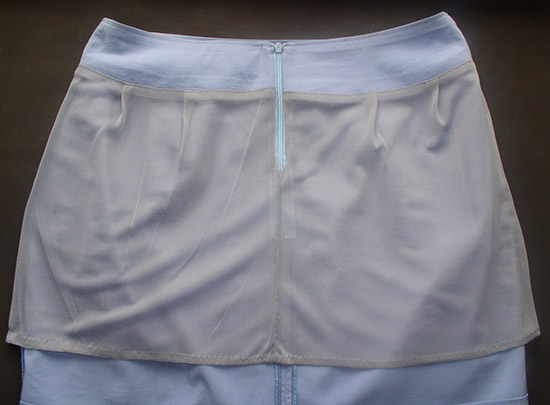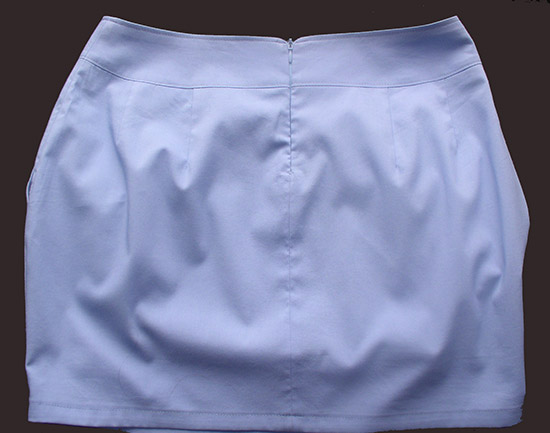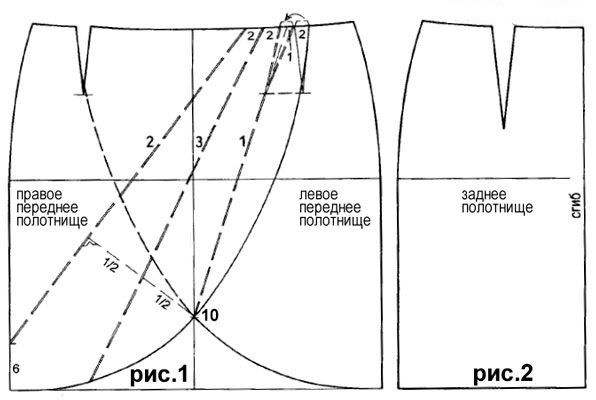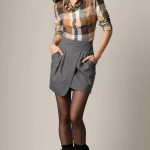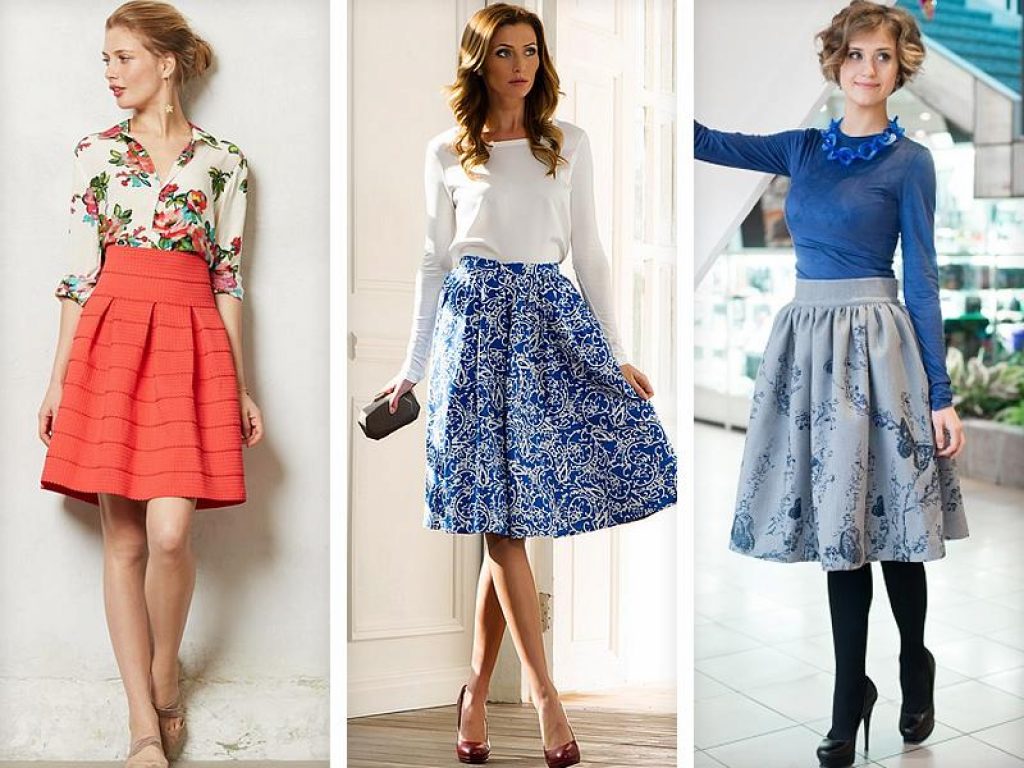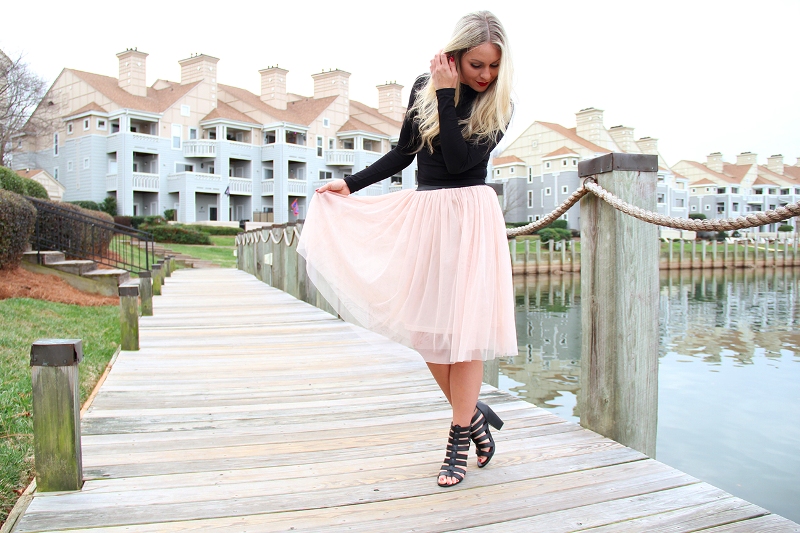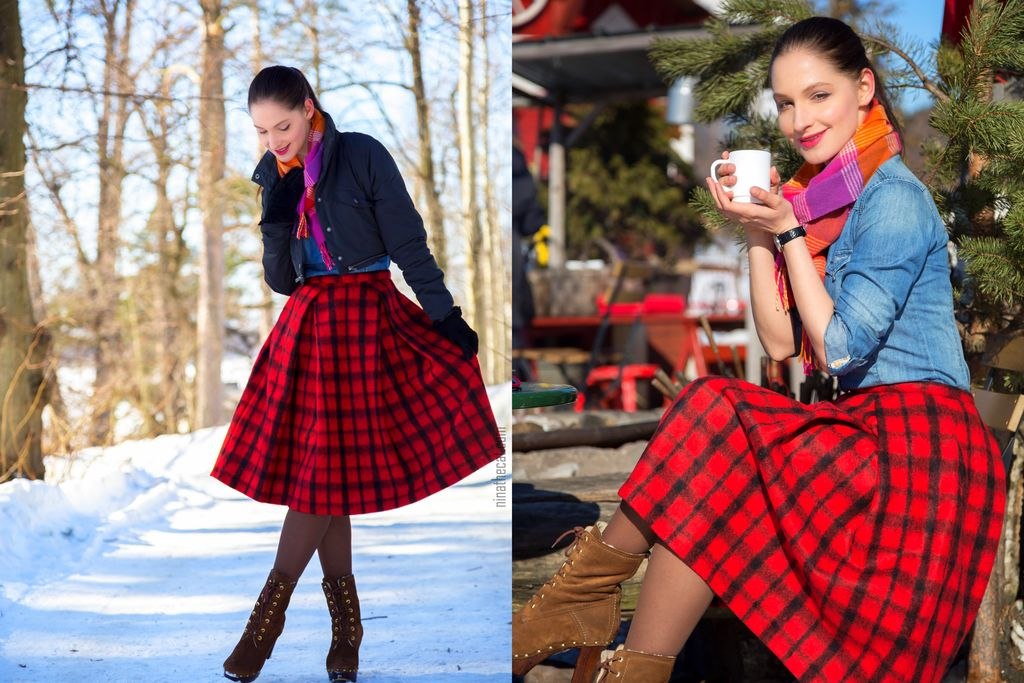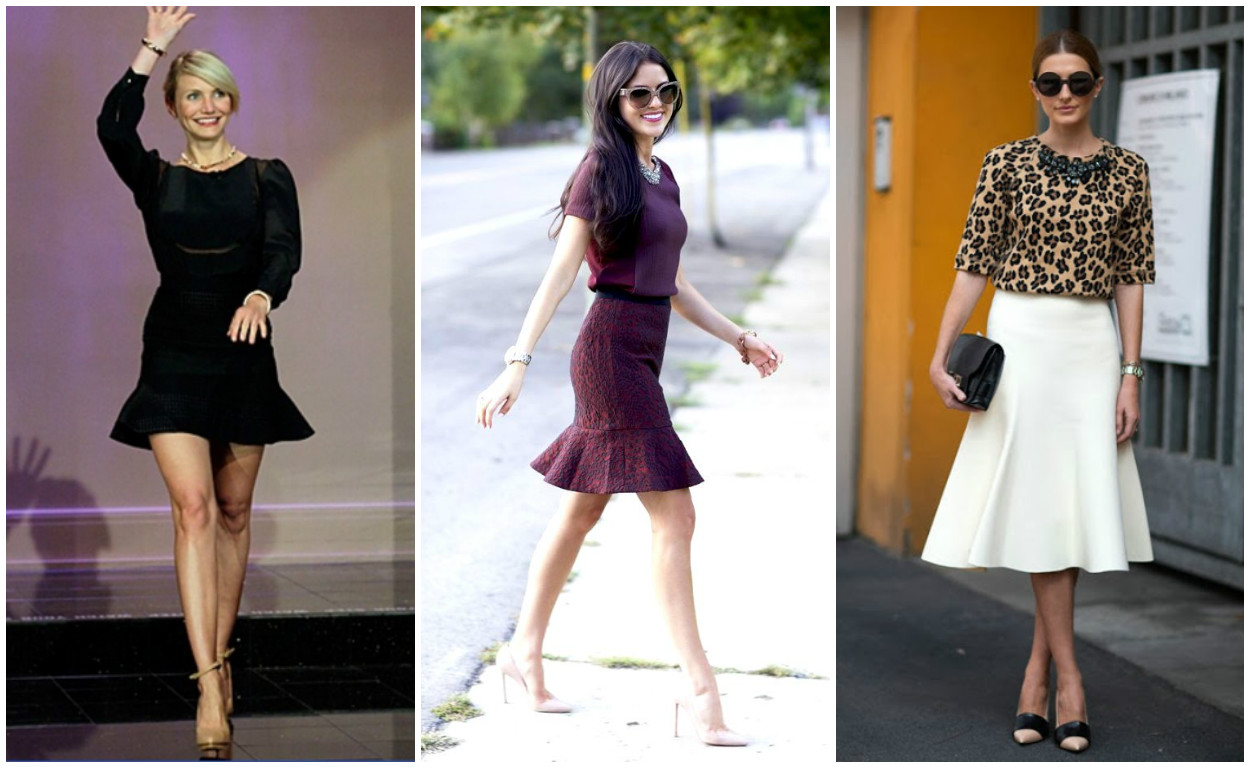A skirt is the most important component of a woman's basic wardrobe. The variety of models allows you to choose a product for every figure. Recently, the "tulip" skirt has become increasingly popular, which will suit any body type. It got its name due to its resemblance to an inverted cup of a spring flower. This model has a clearly romantic character, but at the same time fits well into the image of a classic, business and even casual style.
Features of the model
The tulip skirt fits the waist and flows over the hips, tapering towards the bottom. It is made from soft and drapeable materials. The classic model is midi length and has a wrap that creates the impression of overlapping tulip petals. Such items are equipped with a fastener that allows you to adjust the item at the waist. The wrap tulip skirt model is suitable for those with curvy hips, as it allows you to hide excess volume.
There are also other variations of the product:
- With pockets. They can be internal, patch, contrasting and, conversely, in the color of the item. They are made at a special angle, resulting in additional folds on the item.
- Summer. Summer skirts are made from light fabrics (chiffon, linen, cotton). As a rule, these are brightly colored items; prints are possible.
The style of the product was in fashion in the last century. The classic version of the model of those times completely covered the knees, smoothly tapering to the bottom. The dress with a "tulip" skirt was especially popular.
Today, there are many options for finishing the item, and there are also different lengths of the product: mini, midi, maxi. Numerous draperies on the tulip skirt require a laconic top. Thus, a formal shirt or blouse will help to create a business image. In the cool season, a thin jumper or turtleneck will come to the rescue. An excellent option for a romantic look is a white blouse made of delicate material.
The sporty style allows combining this model with a T-shirt or tank top. The skirt should be much higher than the knee. A beautiful strapless top is suitable for an evening out. However, for this look, it is worth choosing a skirt that covers the knees. This way, the overall impression will be as harmonious as possible.
It is best to choose shoes or sandals with heels for such a skirt. Shoes with an elegant platform are also acceptable. If the product covers the knees, then you can choose ankle boots with stiletto heels.
Flat shoes are not suitable for combination with a tulip skirt.
The reason for the popularity of such a model for wearing is explained by its versatility and the fact that it suits any type of figure. When sewing on your own, the item is also in demand, since modeling a stylish tulip skirt is not such a difficult task. In addition, in the process of cutting and forming the product, it is possible to add volume in the right places, thereby visually adjusting the silhouette.
Choice of fabric
When choosing fabric for a skirt, you need to consider the following nuances:
- purpose of the product;
- desired shade;
- the time of year when you plan to wear a tulip skirt;
- features of the figure.
In addition, the selected fabric should be of such quality that it does not shrink during the first wash. Tulip skirt models made of flowing, well-draped material that can lay in beautiful folds will look ideal. The following fabrics have all of the listed properties:
- velvet;
- satin;
- viscose;
- jacquard;
- silk;
- cotton.
It is desirable that the material has a small amount of synthetic fibers in its composition. The following technique will help to get rid of any doubts when choosing: the fabric you like should be squeezed in your hand and watch when it straightens out. If it straightens out immediately or remains squeezed for a long time, then it is not suitable for sewing this model. Ideally, the material should return to shape after five minutes.
Silk, cotton, satin, jacquard, wool, and suit fabrics are suitable for making an office tulip skirt. The material should hold its shape well, not be see-through, and not be too tight. Summer items can be made from silk, satin, viscose, chiffon, and cotton fabrics. An item intended for hot weather should be breathable, moisture-permeable, and not tight-fitting.
If you have little experience in sewing products, it is better to avoid complex patterns that require matching on the material.




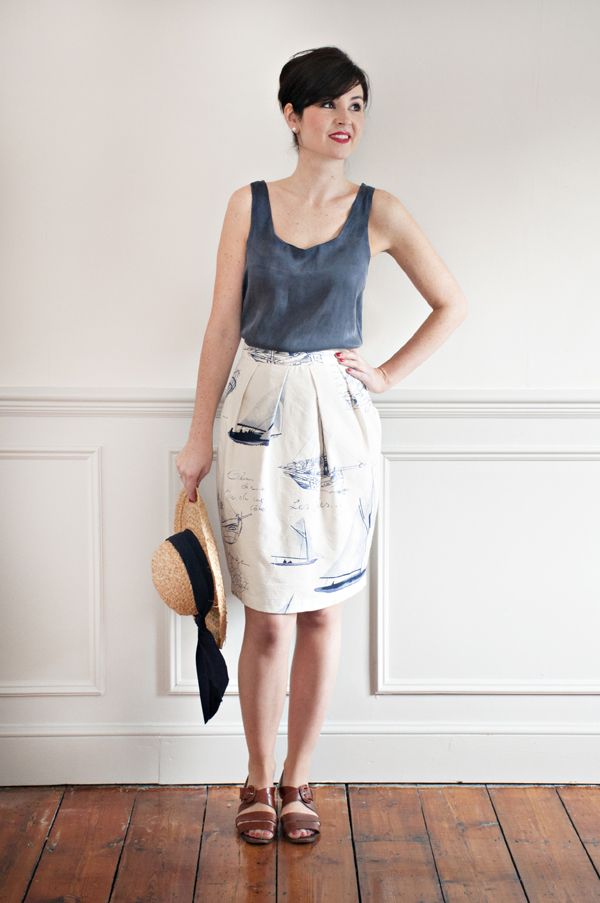

Measurements and calculations
Before sewing a tulip skirt, you need to correctly determine the length of the future item and take measurements. You will need to measure the following parameters:
- waist circumference at the most prominent points;
- hip circumference.
All parameters should be measured with the utmost care. In addition, it is necessary to take into account an additional 1-2 cm for hemming the fabric. For the convenience of subsequent pattern construction, it is better to immediately write down the parameters in half the size - as a half-girth.
If you want to create a tapered bottom on the product, you will additionally need to measure the circumference of your legs in the area of the lower part of the skirt. This parameter will be needed for the subsequent insertion of an elastic band, which will provide the necessary comfort when walking.
If you have an old unnecessary skirt, you can copy the pattern from it. To do this, you will need to unravel the fabric along the seams and trace the resulting parts on graph paper. This method is more suitable for beginners.
Modeling
Once all the measurements have been taken, you can start making the pattern. The standard straight model is taken as a basis. It is a kind of frame for the tulip skirt, the pattern of which needs to be built. There is a step-by-step algorithm for making a sample for beginners:
- The image of the pattern of a straight skirt (it is easy to construct according to recommendations in the public domain) should be transferred to paper according to your dimensions.
- The drawing should be adjusted to form the selected model. To do this, it is necessary to slightly narrow the side edges of the workpiece.
- The waist height can also be adjusted by increasing or decreasing the corresponding sides.
- Next, from the top of the pattern down, as well as along the front and back, you should draw lines, thus dividing the parts. These will be the cut locations.
It is not difficult to create a pattern for a tulip skirt with pockets; it is enough to slightly modify the existing pattern of a classic product.
If we talk about adapting a ready-made pattern model, then everything will be much more complicated. The main thing to understand is that each size differs from the previous one by 2 cm. Along the waist line, the interval up to size 52 is 2 cm, then 3 cm, along the hips up to 54 - 2 cm, after - 2.5 cm. Directly according to the pattern, two base lines should be established. They will remain fixed, but the drawing will change on their basis.
For a skirt, these base lines are the hips and the middle of the front and back panels. After setting them, you can start changing the patterns. To do this, you should increase the product to the sides in proportion to the required size.
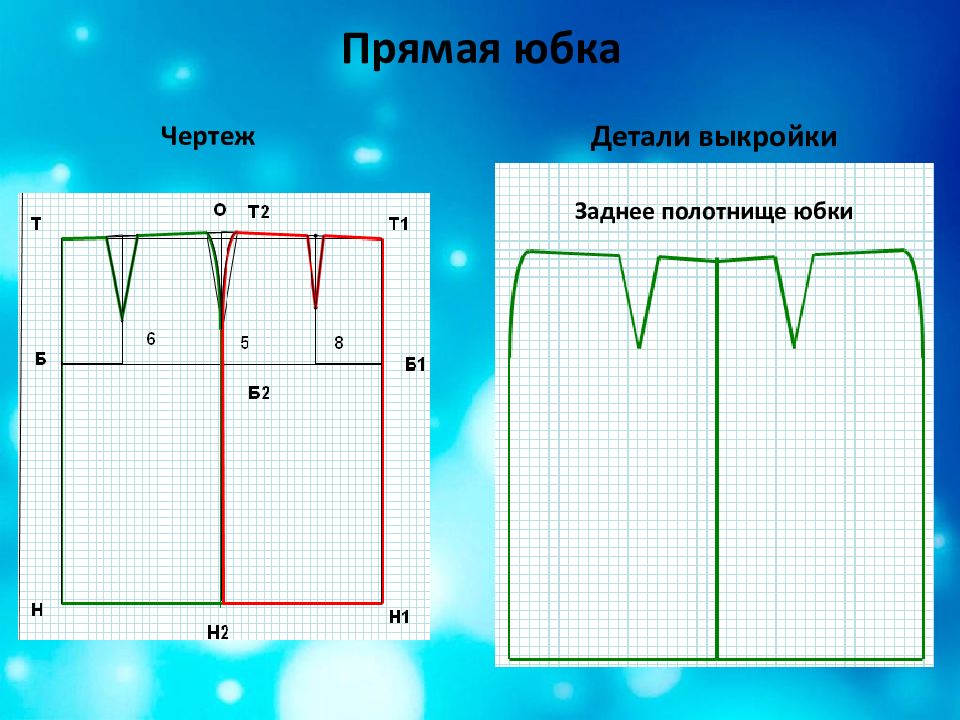
Cutting and assembly
After constructing the pattern, it is necessary to cut out the fabric and sew the parts. The whole process should be carried out calmly, without haste. Otherwise, the product may be spoiled. First, it is necessary to prepare:
- textile;
- threads in the same color, needles, pins;
- scissors;
- sewing machine;
- lightning;
- soap or chalk;
- iron.
If you plan to decorate the product, then before sewing the tulip skirt, you need to prepare the necessary elements for decoration. After that, you can start working:
- The material is pre-ironed on both sides.
- Next, the pattern is placed on the fabric and secured with pins.
- The drawing is transferred to the material, and allowances of 1 cm are added at the waist, 2 cm at the sides, and 3 cm at the bottom.
- The parts are carefully cut out along the drawn lines.
At each step, the seams of the product should be ironed. If desired, you can add decorative elements: this way there is a greater chance that the finished product will meet all expectations. The skirt must be washed, dried and ironed.


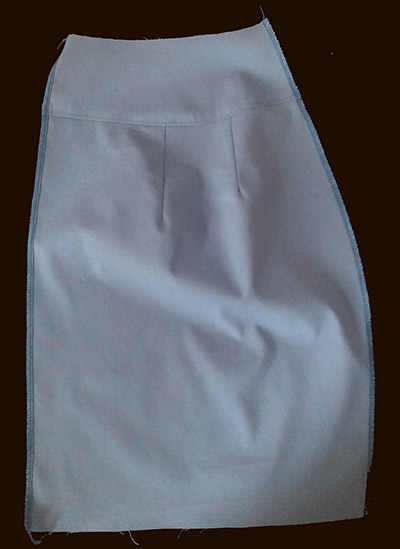

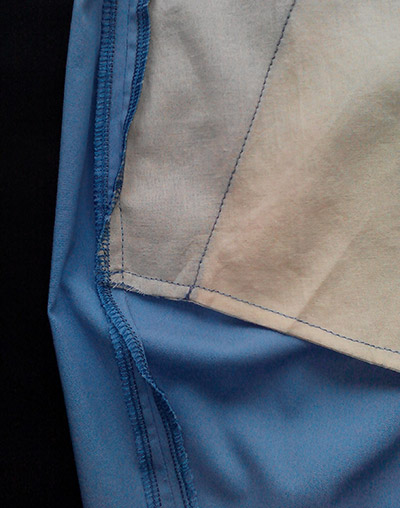
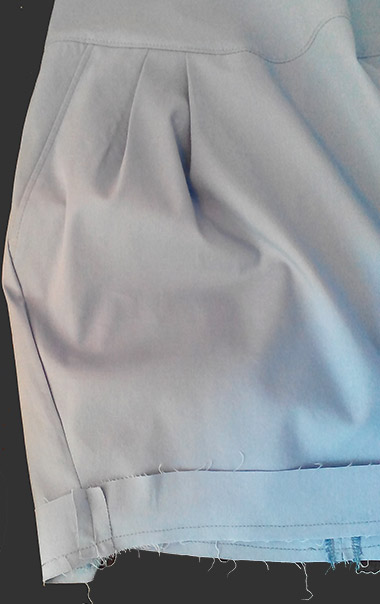

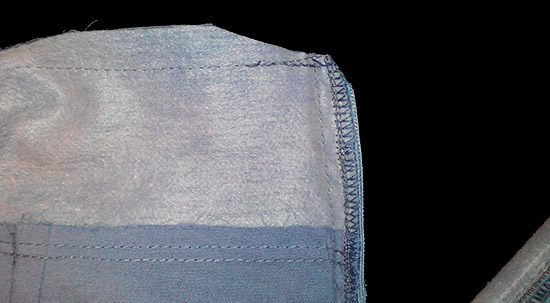
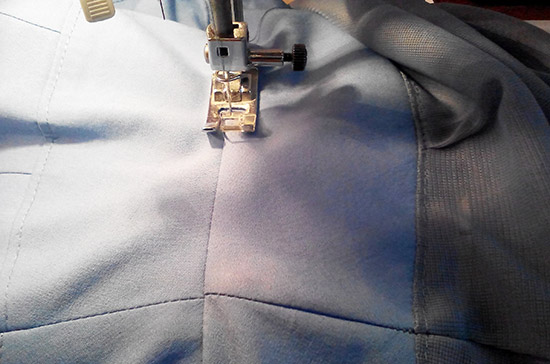

The nuances of sewing a wrap-over model
It is important to follow all the recommendations and nuances of sewing a wrap-over garment. This stage of production is no less important than constructing a pattern and cutting out a tulip skirt. Stages of work:
- After basting and ironing the folds on the panels, the darts should be processed.
- Process pockets (if any): secure, stitch and overcast. Each stage should be accompanied by ironing the parts.
- Overcast the edges using an overlock or edge the side and middle seams after ironing them first.
- The strip should also be ironed lengthwise, then the bottom should be processed using interlining. Once finished, it can be stitched and overcast.
- Combine the panels and baste.
- Sew the waistband to the front and back of the skirt.
- Iron the seams.
- Sew and iron the side seams. After that, you can process the middle seam on the back in the same way. It is also better to baste the zipper.
- Once the seams have been processed, it is recommended to try on the skirt immediately, checking the fit along the center seam.
- Finish the middle seam, sew on the zipper, lower waistband and bottom of the garment.
The bud skirt is a beautiful, fashionable, feminine item. It is easy to make and goes well with almost any outfit. Due to the cut features, this item is suitable for different body types. For this simple reason, every girl should get such a model.
Video


